The complete range of over 100 individual species and beautiful collections. Choose from the widest range of quality wildflower plants in the UK. These easy to grow plug plants are carefully grown from UK native wildflower seeds making it easy for you to create your very own wildflower habitat.
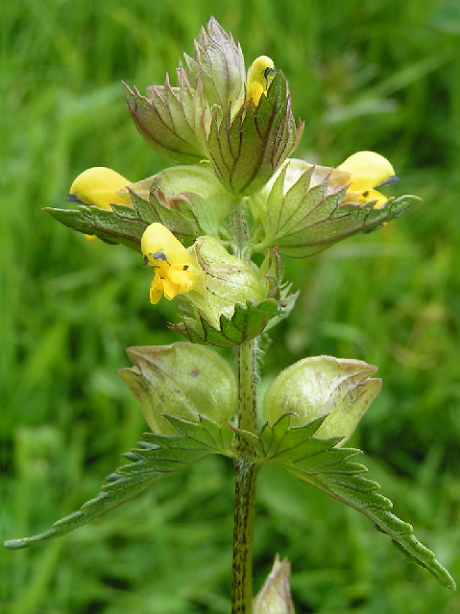
Also known as 'hay rattle', our Yellow Rattle Plug Plants are grown and delivered with the essential meadow grasses necessary for it to grow. Plant into existing meadows or alongside other wildflower plants in the spring to create a rich and diverse range of native species. Yellow Rattle's pale yellow, bell-shaped flowers make it a beautiful and essential addition to any wildflower area.
The p...
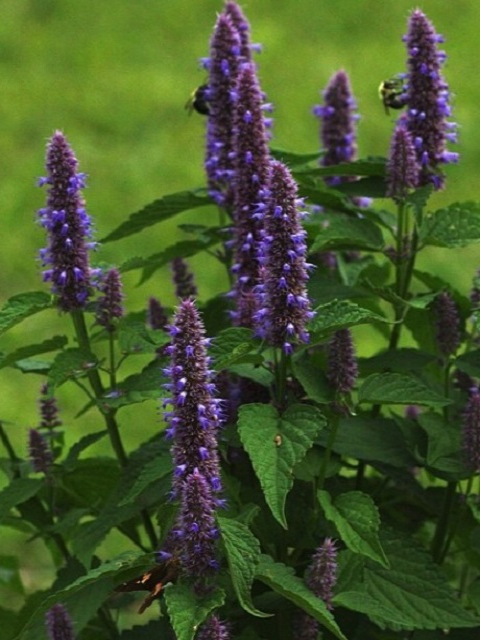
This item is currently unavailable
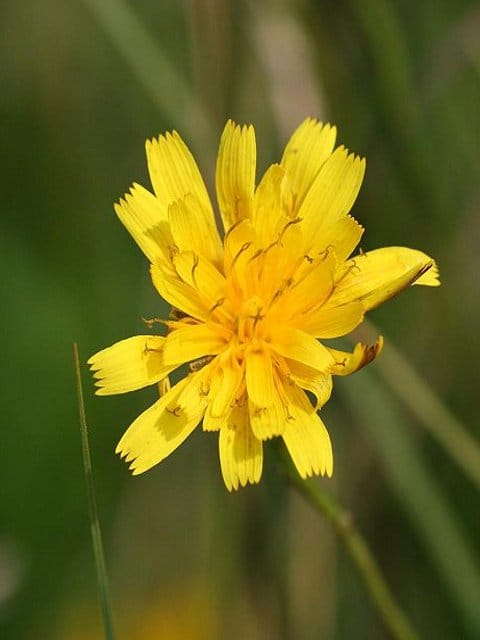
A perennial with dandelion-like flowers and seed heads. A good showy meadow subject. The seeds are a magnet for Finches.
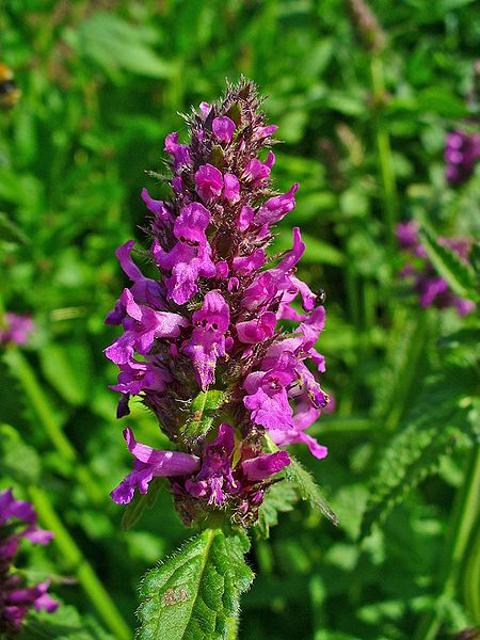
A native perennial common in England and Wales, usually on light soils, in open woods, grassland and hedgerows. Attractive to Bees and butterflies alike. Spikes of red-purple flowers are produced on long slender stems growing from a rosette of crinkled leaves.
This item is currently unavailable
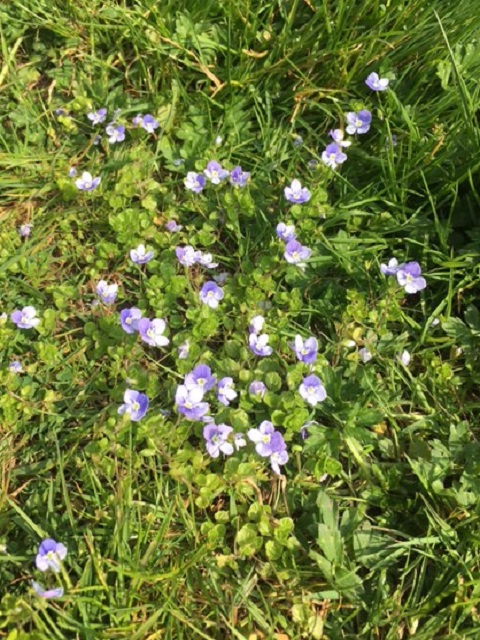
This stunning perennial plant can be found crawling on the woodland edge or becoming an informal lawn subject with loose spikes of brilliant blue flowers that look outstanding in the sun.
This item is currently unavailable
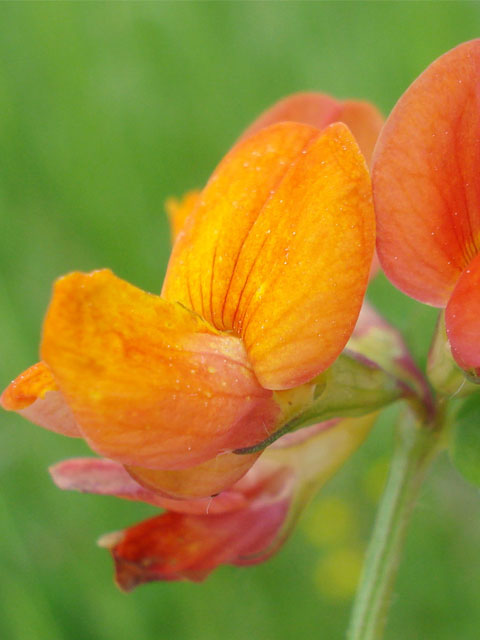
A common creeping native wildflower perennial of dry grassland and roadside, with bright yellow wildflowers, often streaked with red. The cluster of long seed pods looks like a bird's foot. An excellent nectar wildflower plant and a caterpillar food plant for the Common Blue, Dingy Skipper and Clouded yellow butterflies.
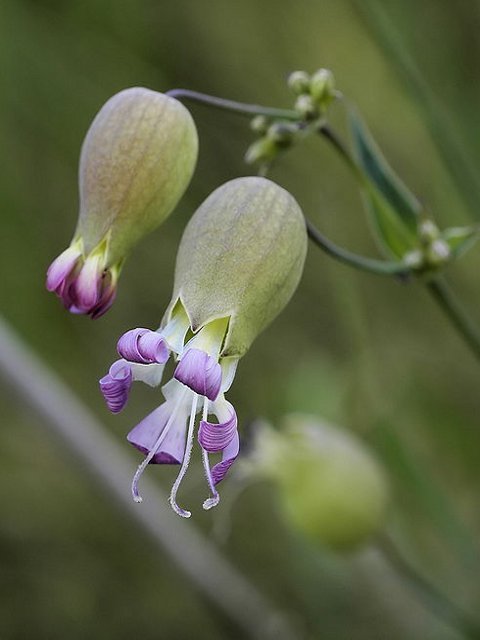
This unusual plant has white flowers that have a purple-veined bladder that slightly droops. This plant is a nectar plant and a great addition to any area you wish to encourage butterflies.
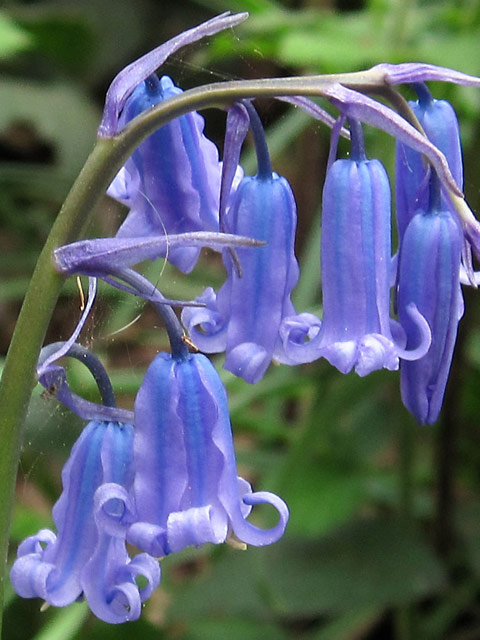
A native perennial common in England and Wales, usually on light soils, in open woods, grassland and hedgerows. Attracts: Bees and butterflies. Spikes of red-purple flowers are produced on long slender stems growing from a rosette of crinkled leaves.
This item is currently unavailable
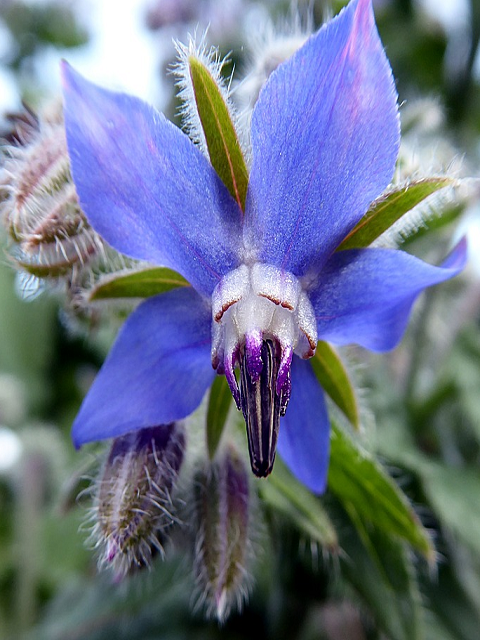
A stout, roughly hairy annual, has bright blue flowers. Commonly found located in natural meadows and forest verges. Attractive to beneficial pollinating species and insects.
Much loved by the bees!
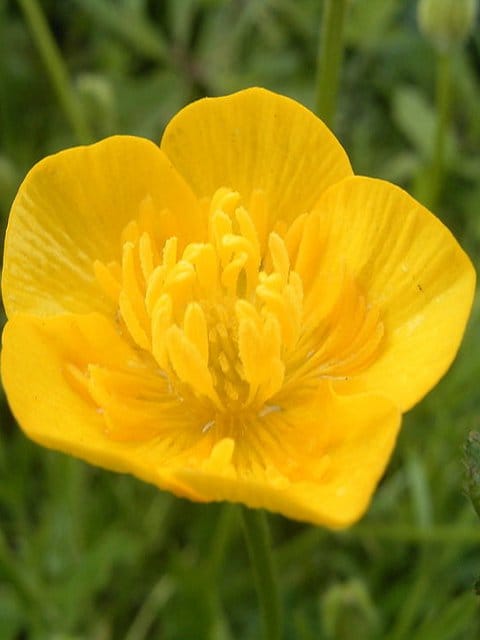
A bulbous rootstock with glossy yellow flowers. A good perennial for a sunny wild garden.
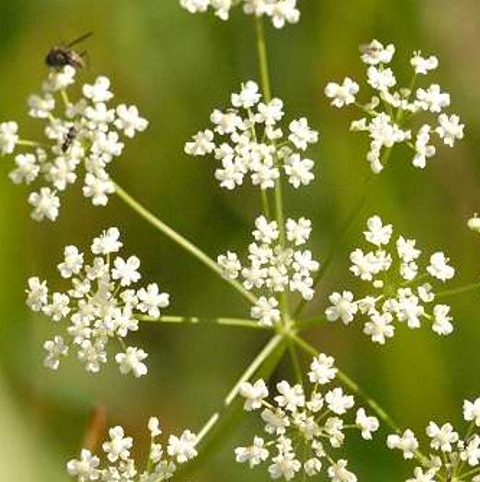
Highly nutritious for sheep and cattle, the tall stems proudly hold multiple crisp white flower heads. Suitable to calcareous soils they do prefer a sunnier spot.
This item is currently unavailable
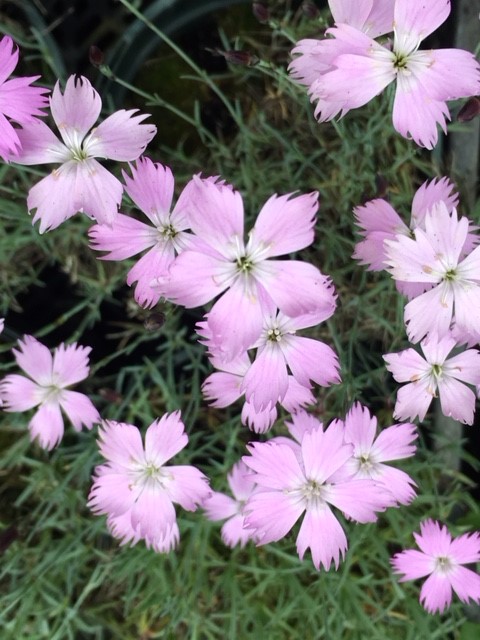
A ground covering wildflower plant with pink flowers and greyish green leaves that creates colourful and fragrant borders. The Cheddar Pink produces a sweet-spicy clove-like fragrance and delicate pink blooms.
This item is currently unavailable
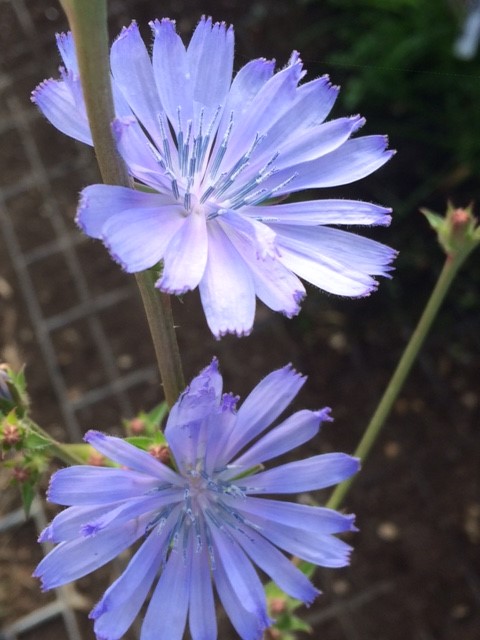
Also known as Blue Daisy, Blue Dandelion, Blue Sailors, Blue Weed, Bunk, Coffee Weed, Hendibeh, Horseweed, Ragged sailors, Succory, Wild Bachelors buttons and Wild Endive. Many varieties of this star-like clear blue-flowered plant are cultivated for a broad spectrum of uses such as salad leaves, chicons or roots which once baked and ground can be used as a food additive and a substitute for coffee...
This item is currently unavailable
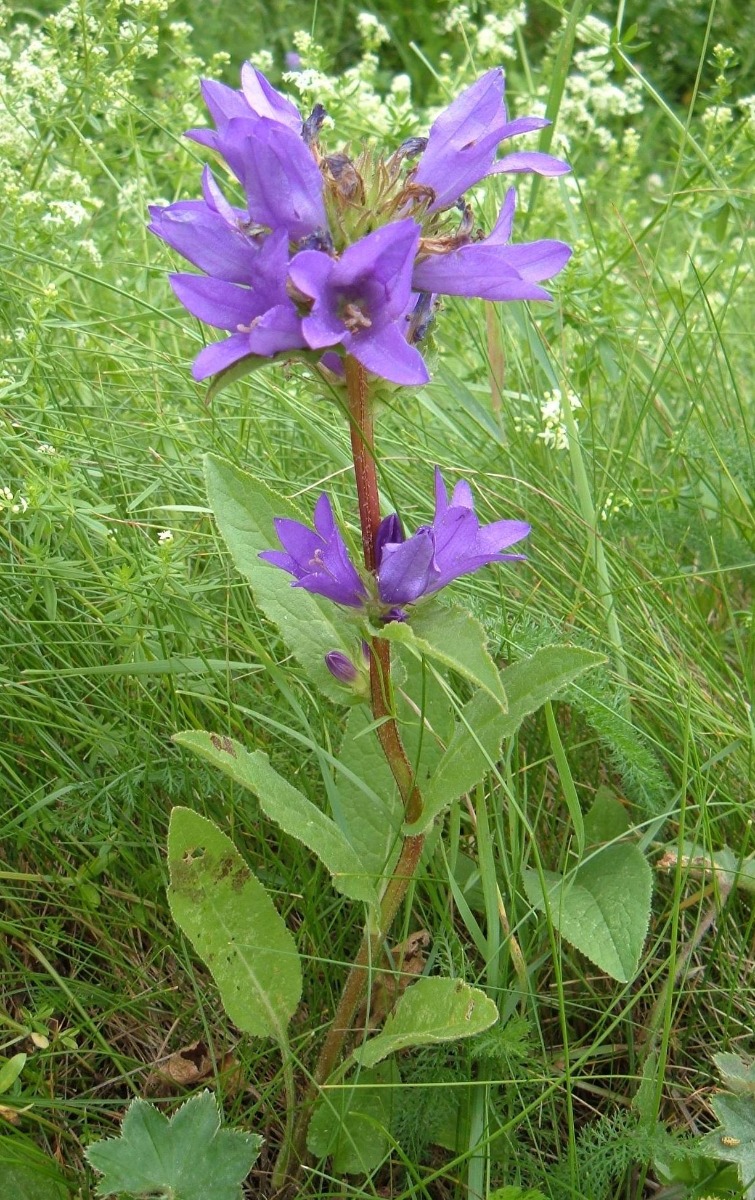
The Clustered Bellflower erupts with clusters of vivid violet-blue flowers. These perennial flowers are beckoning to bees and butterflies and are ideal to add to any rockery.
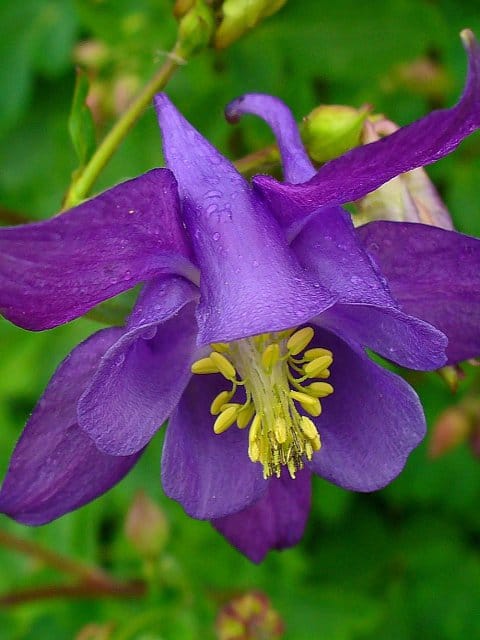
This distinctive perennial is often found at woodland edges and roadsides, long-stalked with long-spurred blue-violet flowers. This vibrant plant is beckoning to bees and butterflies but prefers to be in damper areas.
This item is currently unavailable
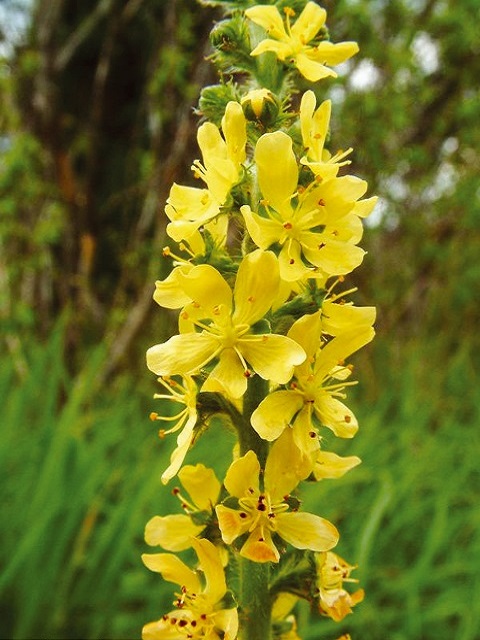
The Common agrimony plant is known as church steeples, good for a sunny border. It has slender tapering spikes of yellow, star-shaped flowers and finely cut leaves. As well as luring and other pollinators, wild birds struggle to resist!
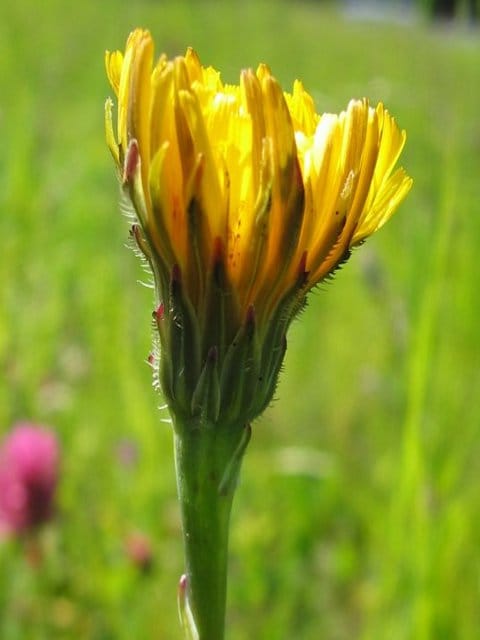
This perennial makes a good meadow component with its rich yellow flowers and dandelion-like seed heads.
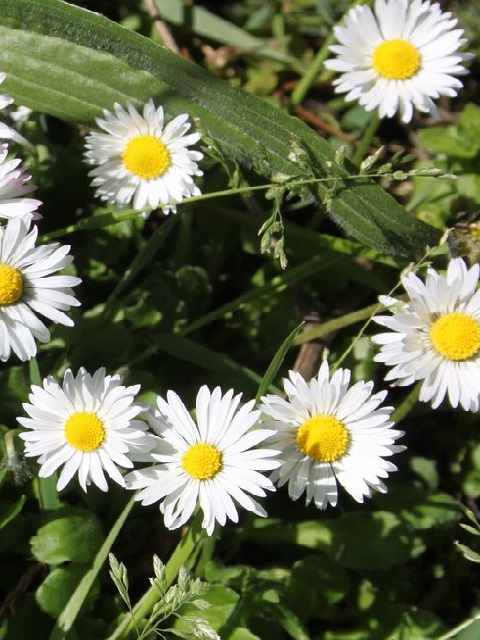
Perennial. Common daisy is one of the best-known lawn wildflowers.
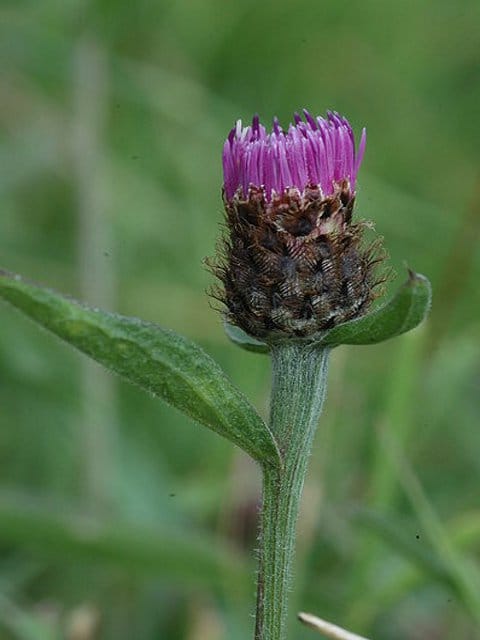
Common knapweed or hardheads is a colourful meadow wildflower plant of the thistle family. Tight purple flowers, with lance-shaped leaves. Forms dense clumps over time, ideal for sunny meadows and hedgebanks. A great bee plant, and a goldfinch magnet in the autumn.
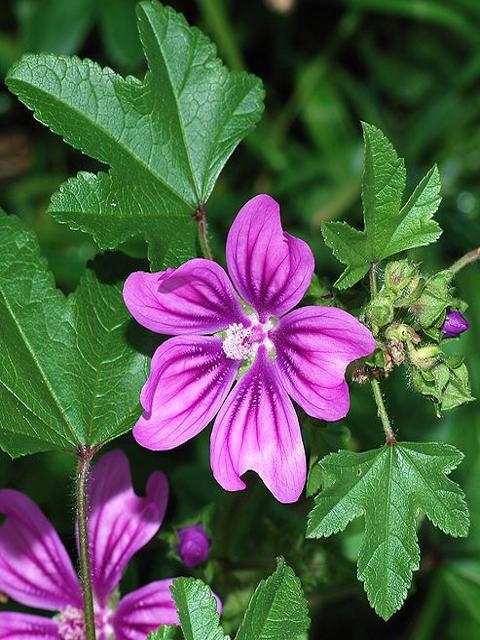
Common mallow is a very ornate, tough plant with an abundance of pink/purple flowers. To get the best from this pretty plant place in full sun and in well-draining soils.
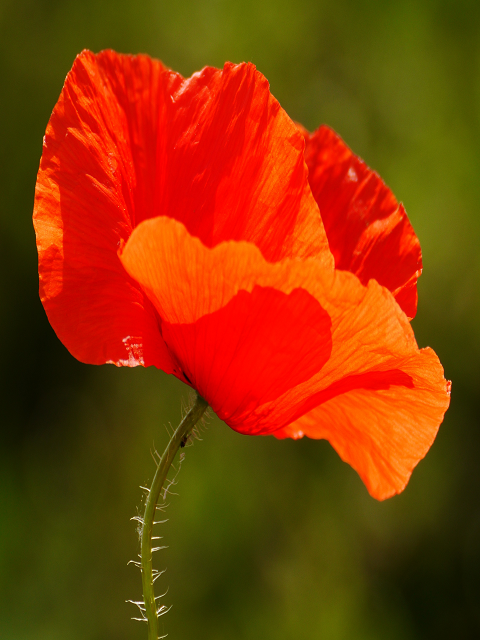
Annual. The red poppy is seen in fields everywhere. One of our most popular wildflowers, it is synonymous with the 1914-18 Great War.
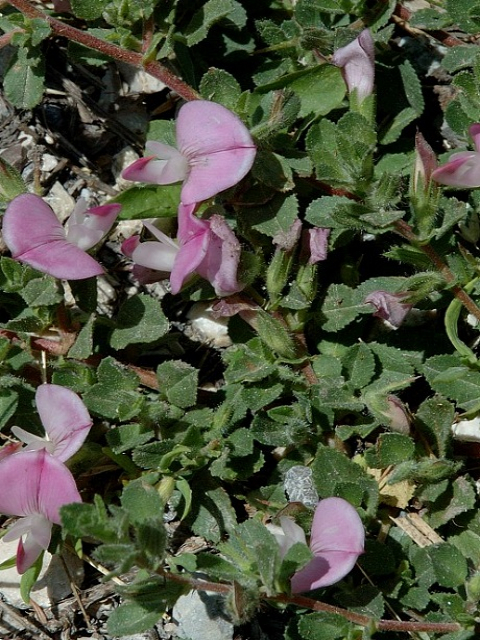
A crawling perennial meadow plant with small, delicate pink flowers on sturdy stems that likes sandy soils and flowers late into the summer. A favourite of bees and other pollinators.
This item is currently unavailable
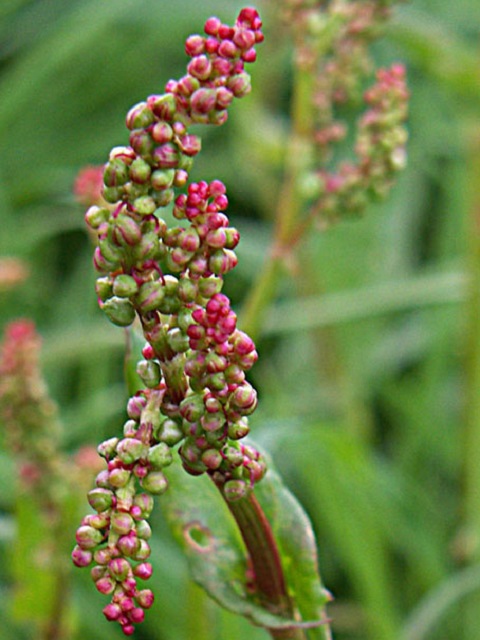
Common sorrel is a vital component of meadows with its reddish-pink flower spikes, arrow-shaped leaves turn crimson.
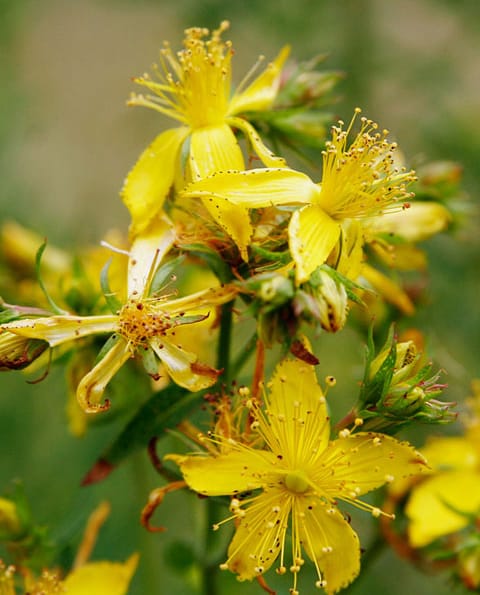
This is the commonest of the St Johns Wort wildflower plant found in Britain. It is a tall clump-forming perennial which produces bright yellow flowers that are popular with bees. It also plays host to the beautifully coloured St Johns Wort Beetle.
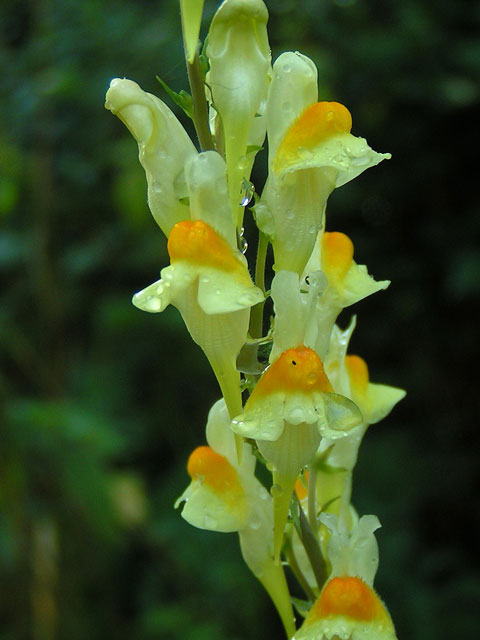
This perennial plant of meadows and hedgerows begins to blossom in June and the flowers have been known to linger until November. Common toadflax produces orange and pale yellow snap-dragon flowers.
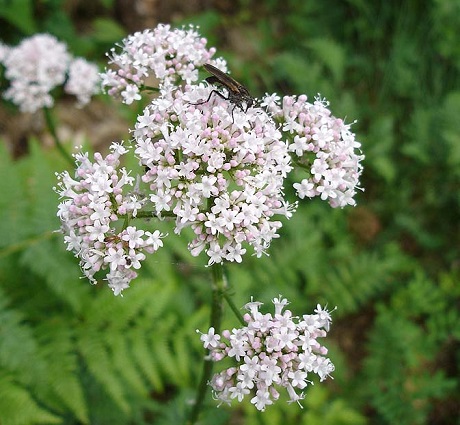
Standing proud on their tall stems, the delightful pale pink flowers open in clusters in early summer. Used as a medicinal herb since as early as ancient Greece and Rome.
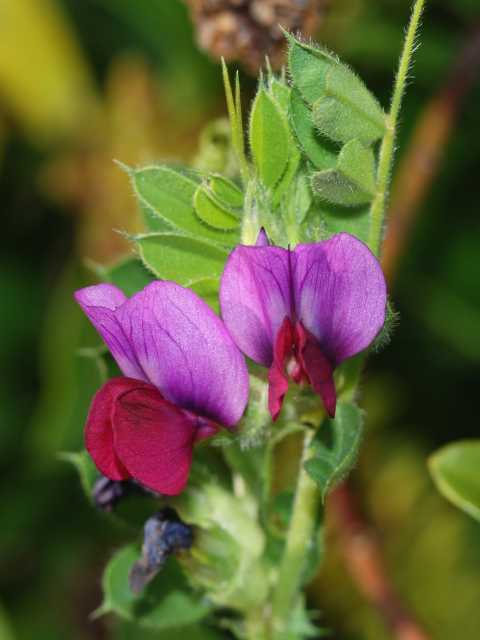
This climbing annual plant can be found in the woods. It produces numerous small purplish-pink flowers that resemble butterflies. A popular plant used for livestock and engaging pollinators.
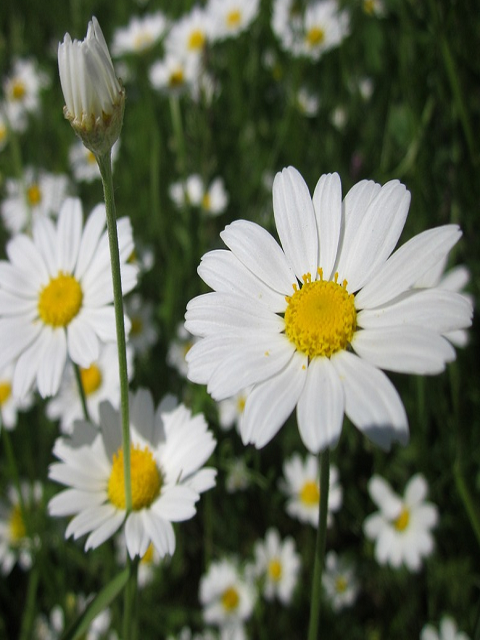
This charming annual plant produces white, 'daisy-like flowers that produce an enticing aroma. This dainty flower likes to be found in areas with full sun and well-drained soils, naturally found in grasslands.
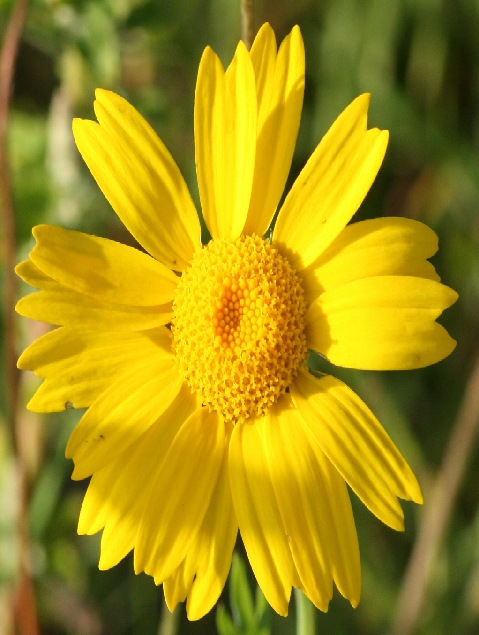
Annual. Bright yellow daisy-like flowers 5cm across. Producing a subtle but sweet scent, it's sure to attract pollinators to your garden.
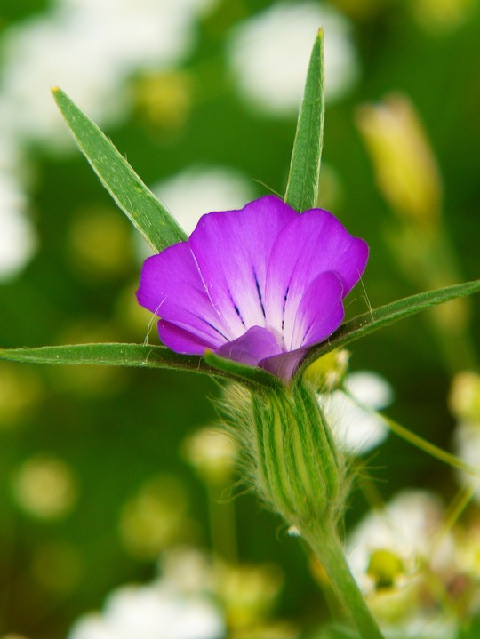
Corncockle with its beautifully intricate reddish-purple flowers is a mesmerizing addition to any wildflower meadow, the softly hairy annual is best suited to areas in full sunshine and well-drained soils.

Landlife Wildflowers grow and supply high-quality, native wildflower products, restoring wildflowers right across the UK. Working in conjunction with wildlife charity, Buglife, we’re bringing back Britain’s treasured wildflowers! Find out more about why we’ve been trusted by the general public, Natural England and The National Trust for over twenty years.

We’re proud to supply only the highest-quality, native wildflower products - tried, tested and refined by us for two decades to ensure each and every customer is delighted with their purchase. Find out more about our commitment to the supply of native, provenance-assured wildflower products to restore Britain’s natural wildflower habitats for bees, butterflies, birds and wildlife.

If you have any questions or would like to get in touch, our team of wildflower experts are on hand to guide you every step of the way. We love talking about wildflowers and the quality of our products, and are pleased to help with any enquiry, including how to establish wildflowers, product recommendations and even creating custom mixtures for specific projects.